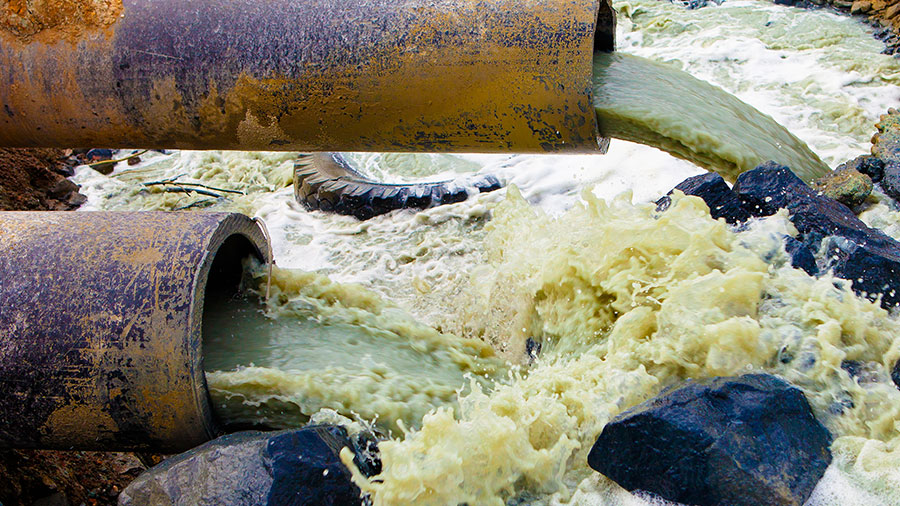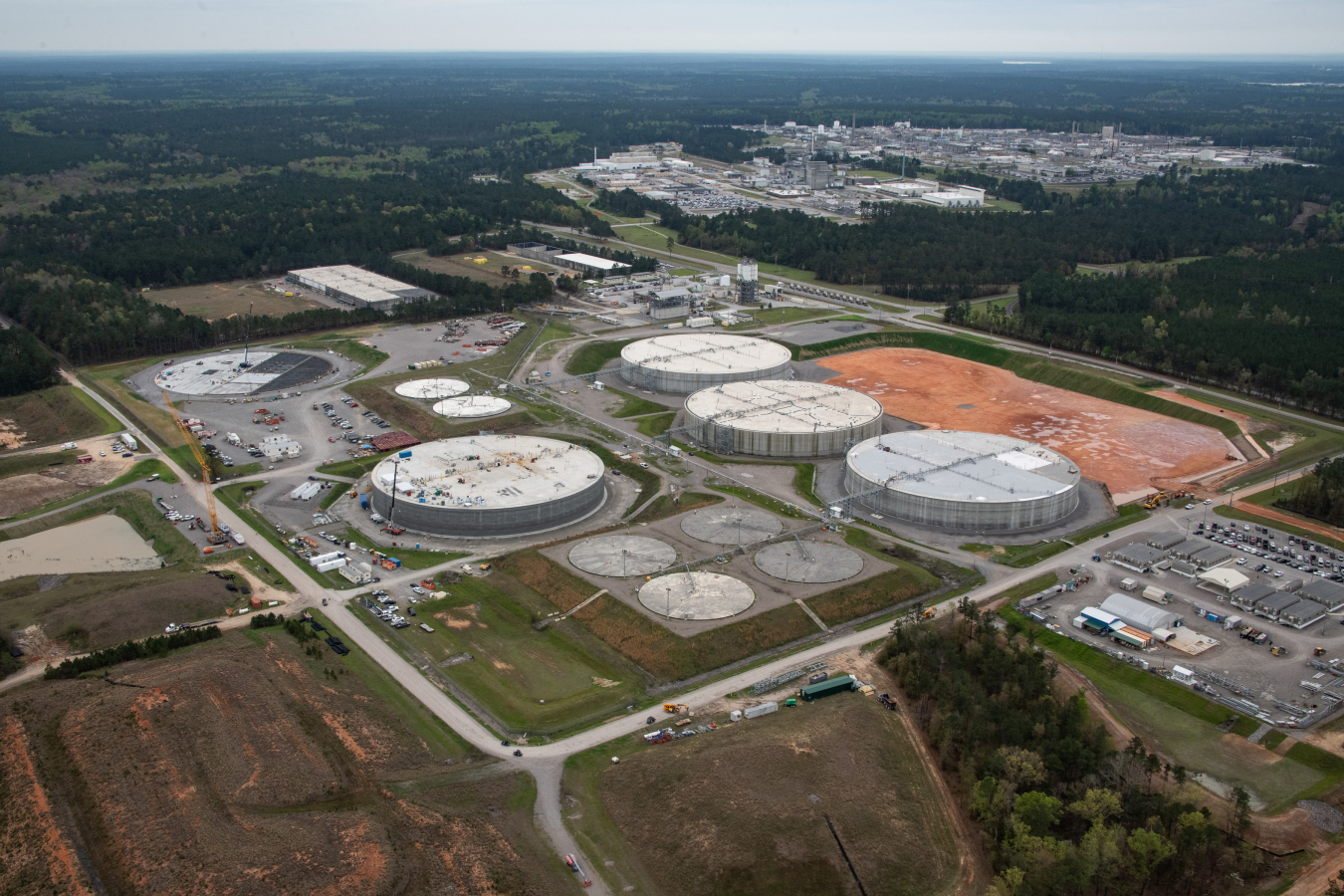Expert Liquid Waste Removal Melbourne: Maintaining Your Setting Tidy
Understanding the Comprehensive Process of Liquid Waste Disposal: Best Practices and Environmental Effect Factors To Consider
The monitoring of fluid waste disposal is a diverse concern that needs a thorough understanding of various finest practices and their associated ecological impacts. From the kinds of liquid waste produced to the methods employed for collection, therapy, and final disposal, each step plays an important duty in guarding ecological communities and public health and wellness. As regulative standards evolve and modern technology developments, the conversation around these procedures ends up being progressively relevant. What ramifications do these changes hold for future sustainability initiatives, and exactly how can stakeholders make sure that they are sufficiently resolved?
Types of Liquid Waste
Understanding the numerous sorts of fluid waste is important for reliable administration and disposal practices. Liquid waste can be generally categorized into a number of kinds, each calling for unique handling and treatment strategies.
Industrial liquid waste commonly consists of unsafe materials, including heavy steels, solvents, and chemicals, produced during producing procedures. These wastes necessitate stringent governing conformity to safeguard human wellness and the environment. Domestic liquid waste largely describes wastewater created from households, consisting of sewage and greywater, which, although much less toxic, can still present significant dangers if incorrectly taken care of.
Agricultural liquid waste, including overflow from ranches, usually contains fertilizers and pesticides that can cause ecological destruction otherwise treated effectively. Clinical fluid waste, created from healthcare facilities, includes contaminated liquids such as bodily fluids and chemicals, requiring specialized disposal methods to stop infection and ecological contamination.
Finally, oil and grease waste, normally created by dining establishments and auto sectors, can trigger serious obstructions in drain systems otherwise handled correctly. Understanding these categories facilitates targeted strategies for therapy, compliance with policies, and reliable disposal approaches, eventually promoting ecological sustainability and public wellness safety and security.

Collection Methods
Effective collection techniques are critical for the correct management of fluid waste, making sure that it is collected securely and effectively prior to treatment or disposal. Various strategies are used depending on the kind of liquid waste generated, the volume, and the certain qualities of the waste.
One usual method is the use of committed collection storage tanks or sumps, which are made to catch liquid waste at the resource. These systems typically include pumps that help with the transfer of waste to bigger storage space containers or treatment facilities. In addition, mobile collection units outfitted with vacuum cleaner technology are used in situations where waste is generated periodically or in hard-to-reach locations.
For commercial setups, closed-loop systems can properly lessen leaks and spills, permitting for the recuperation and reuse of liquid waste. It is also vital to train employees on appropriate collection methods to mitigate dangers connected with harmful compounds.
Furthermore, executing normal upkeep routines for collection tools makes certain optimal performance and security. The assimilation of innovative monitoring systems can improve collection performance by giving real-time data on waste degrees and potential hazards. In general, efficient collection techniques are foundational to sustainable liquid waste administration practices.
Treatment Procedures
Therapy procedures play an essential role in the management of liquid waste, transforming potentially unsafe materials into safe effluents or reusable sources - liquid waste disposal. These procedures can be extensively categorized into physical, chemical, and organic approaches, each customized to address certain pollutants present in the waste stream
Physical treatment techniques, such as sedimentation and purification, job by eliminating suspended solids and particulate issue. These strategies are often the primary step in the treatment chain, successfully minimizing the tons on subsequent processes. Chemical therapies involve the use of reagents to counteract unsafe compounds, precipitate heavy steels, or oxidize organic toxins, therefore improving the safety of the effluent.
Organic therapy processes, consisting of triggered sludge systems and anaerobic food digestion, maximize the natural capacities of bacteria to weaken organic issue. These techniques are specifically efficient for wastewater containing eco-friendly pollutants. Advanced therapy technologies, such as membrane layer purification and advanced oxidation processes, are significantly employed to accomplish greater degrees of purification.
Integrating a mix of these therapy methods not only ensures conformity with regulatory standards but additionally promotes environmental sustainability by recouping valuable sources from liquid waste.
Disposal Options
Exactly how the original source can companies ensure the safe and responsible disposal of fluid waste? Reliable disposal options are essential for securing public wellness and the atmosphere. The main techniques consist of land therapy, incineration, and disposal followed by discharge into municipal wastewater systems.
Land disposal involves the mindful containment of liquid waste in assigned land fills, ensuring that it does not seep into surrounding soil or water. Incineration, on the various other hand, topics liquid waste to heats, transforming it into ash and gases, which call for correct filtration to minimize emissions. This technique is appropriate for dangerous wastes that can not be treated through standard methods.
In instances where fluid waste can be treated, organizations might go with organic or chemical treatment processes to reduce the effects of dangerous parts before discharging the dealt with effluent right into community systems. This route generally aligns with governing needs, making certain that the effluent satisfies security criteria.
Inevitably, companies should conduct thorough evaluations of each disposal choice to determine its stability, thinking about elements such as waste structure, governing compliance, and possible dangers to health and wellness and the environment. By choosing proper disposal approaches, businesses can add to a responsible waste monitoring technique.
Ecological Impact
The ecological impact of fluid waste disposal is an essential factor to consider for organizations seeking to lessen their ecological impact. In addition, the discharge of without treatment or improperly dealt with waste into surface waters can result in eutrophication, leading to oxygen deficiency and the succeeding death of fish and various other microorganisms.

To minimize these effects, companies should take on finest methods such as carrying out strenuous waste treatment procedures, promoting recycling and reuse, and sticking to regulatory criteria. By taking a proactive technique to fluid waste management, entities can substantially lower their environmental footprint while sustaining lasting advancement goals. Ultimately, a comprehensive understanding of the environmental effects connected with liquid garbage disposal is necessary for educated decision-making and liable stewardship of all-natural resources.
Verdict
Reliable monitoring of liquid waste is crucial for guarding environmental honesty and public wellness. By embracing best techniques in disposal, collection, and therapy, together with adherence to governing criteria, the potential for unsafe contamination of ecological communities can be substantially reduced. Continual developments in modern technology and processes add to sustainable waste administration initiatives. Ultimately, a detailed understanding of fluid garbage disposal not only alleviates ecological impacts however also promotes a dedication to responsible resource administration and environmental stewardship.
The monitoring of fluid waste disposal is a complex issue that calls for a complete understanding of various best practices and their connected environmental effects. From the types of liquid waste generated to the techniques employed for collection, treatment, and final disposal, each step plays an essential duty in guarding communities and public health and wellness.The ecological effect of fluid waste disposal is a crucial factor to consider for companies looking for to lessen their environmental impact. Eventually, a comprehensive understanding of the environmental influences linked with fluid waste disposal is vital for notified decision-making and responsible stewardship of natural sources.
Eventually, a thorough understanding of fluid read this post here waste disposal not just reduces environmental impacts but additionally cultivates a dedication to accountable source monitoring and environmental stewardship.